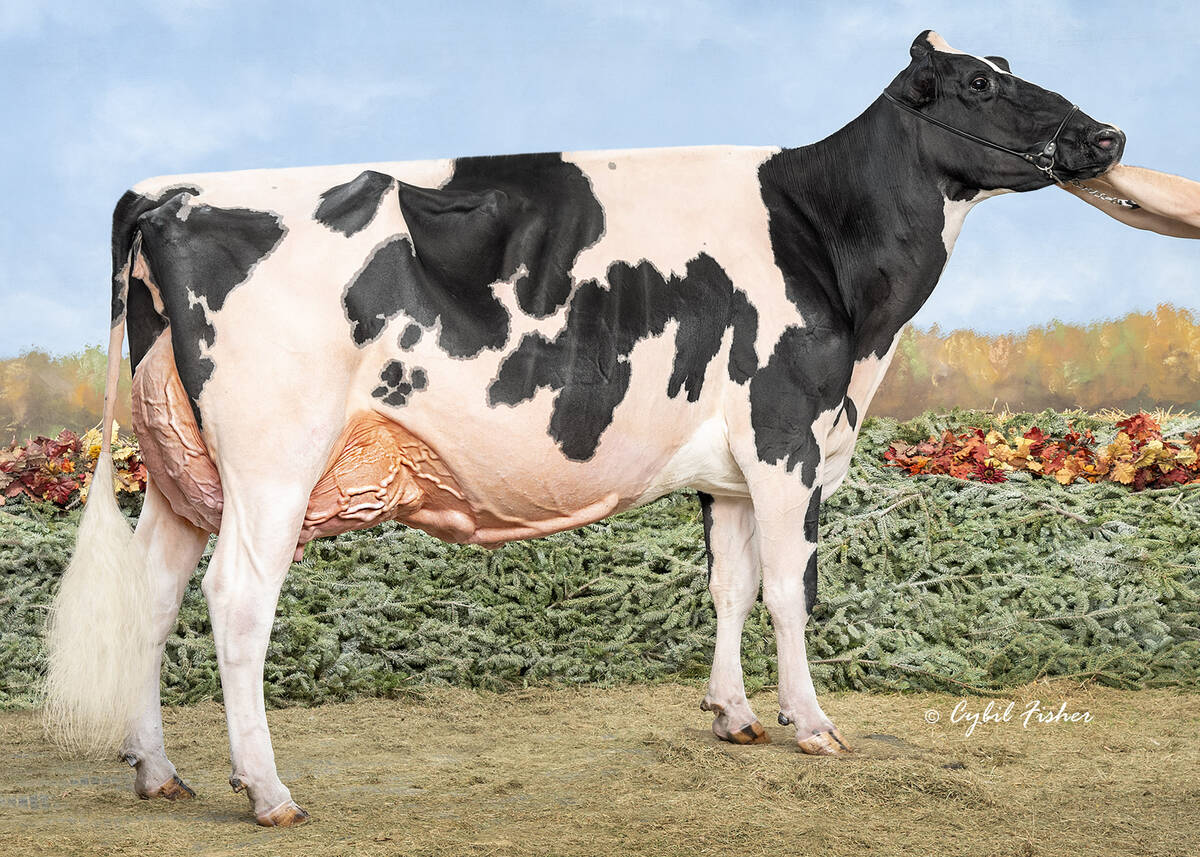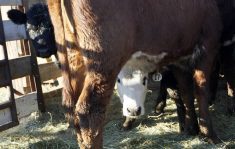The timing couldn’t have been better for the new Canadian Swine Health Board to hold its first public forum.
More than 145 swine industry stakeholders from across the country, including producers, veterinarians, researchers, marketers, drug manufacturers and government officials, gathered in Saskatoon last week to talk about health-related issues facing the industry.
Discussions focused on biosecurity, best management practices, circovirus and emerging diseases, research priorities and long-term risk management strategies.
The meeting was held against the backdrop of public concern about the role of pigs in the development of new flu variants of influenza, particularly H1N1.
Read Also

Saskatchewan dairy farm breeds international champion
A Saskatchewan bred cow made history at the 2025 World Dairy Expo in Madison, Wisconsin, when she was named grand champion in the five-year-old Holstein class.
During the meeting, news broke that two workers in a hog barn in northeastern Saskatchewan had developed a new strain of flu, potentially creating more public concern about the industry.
Bob Harding, executive director of the fledgling agency, said it’s vital for the industry to work together to maintain both a healthy herd and public confidence.
While most swine producers pay close attention to herd health issues and biosecurity, he said, there are variations among provinces and regions that need to be addressed.
“We need to have an umbrella strategy for the country, and within that we need to have a specific biosecurity protocol on how to mitigate the risk of disease transmission and disease entering the country,” said Harding.
It’s also important, he added, to ensure researchers across the country are on the same page in terms of how available funding should be spent.
Board chair Florian Possberg, a producer from Saskatchewan, said the board’s goal is to set up health surveillance and enforcement systems that will provide Canadian pork producers with a competitive advantage.
“We have significant funds to create a real advantage for our industry,” he said.
“We’re not going to work miracles but we’ll do our best effort to ward off emerging diseases and also chronic existing diseases.”
He said everything changed for the industry on April 27 when the first flu reports surfaced.
“I’d say the H1N1 has cost us half a billion dollars, without the diseases-related mortality of a single animal, and it’s not over yet,” said Possberg. “It’s hard to believe.”
The CSHB, officially incorporated March 30, is setting up an office, hiring staff and developing work plans.
In August 2007, the federal government announced it would provide $76 million over four years to a new agency to deal with swine health issues.
About $36 million of that was spent on a circovirus inoculation program, leaving about $40 million for the new board to spend on other initiatives over the next couple of years.
The board’s mandate is to use the federal money to put programs in place that will be sustained in the future by funding from the industry.
Federal funding was expected to run out in 2011 but Possberg said the board will likely ask for an extension until 2013.
Harding said producers are enthusiastic and supportive of the new board and welcome any measures to mitigate financial losses.














